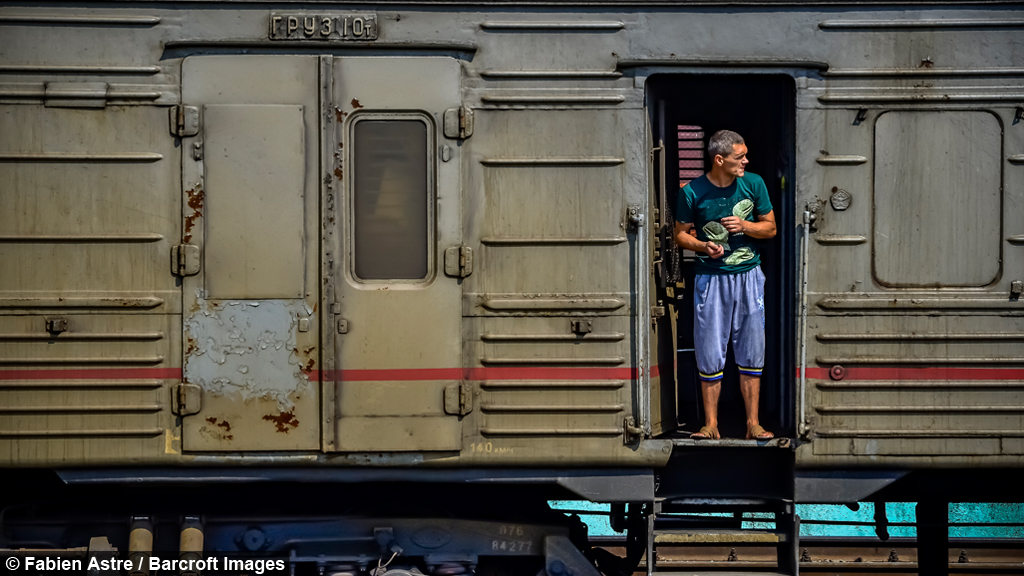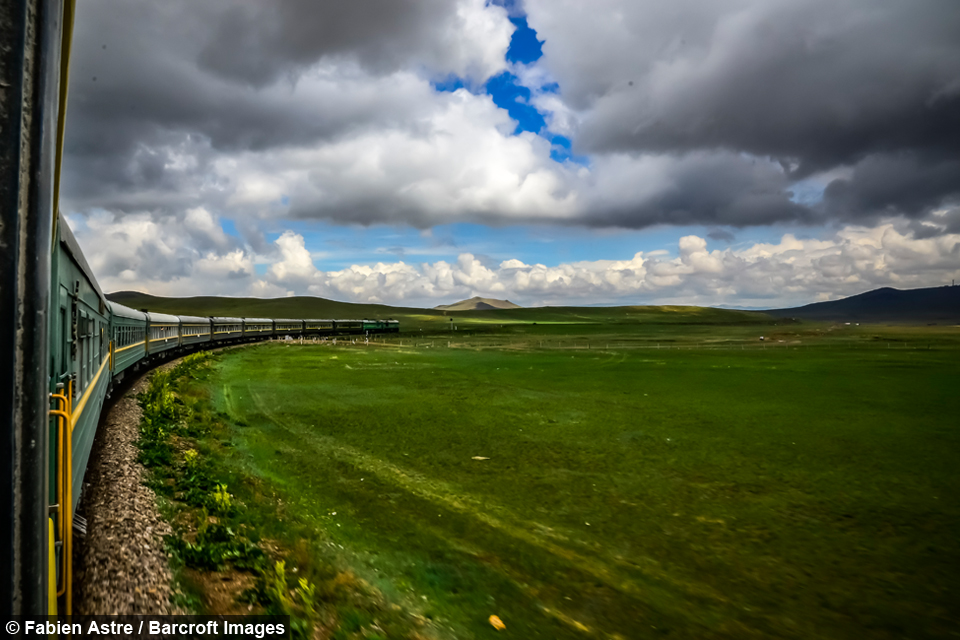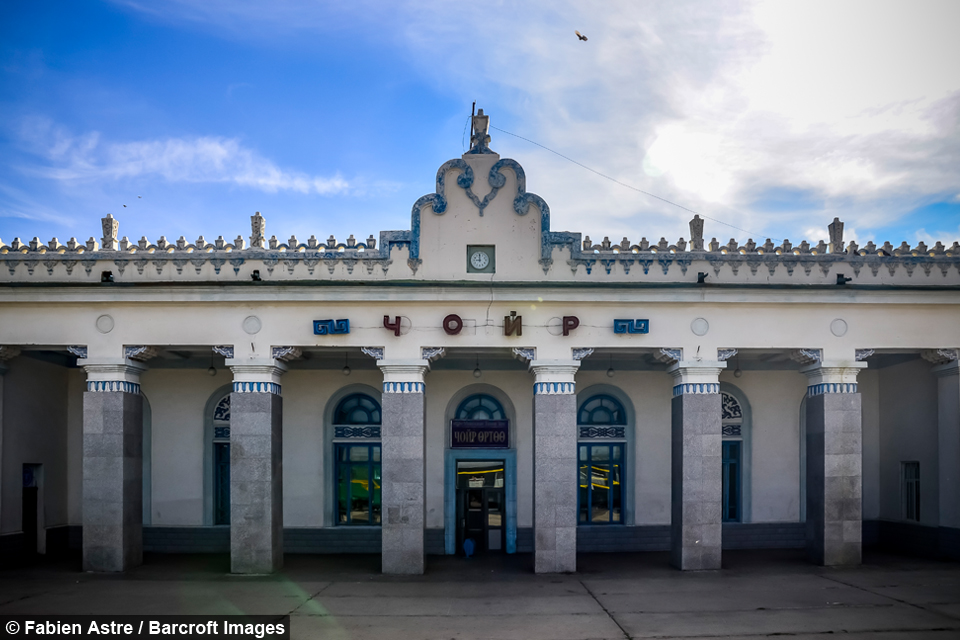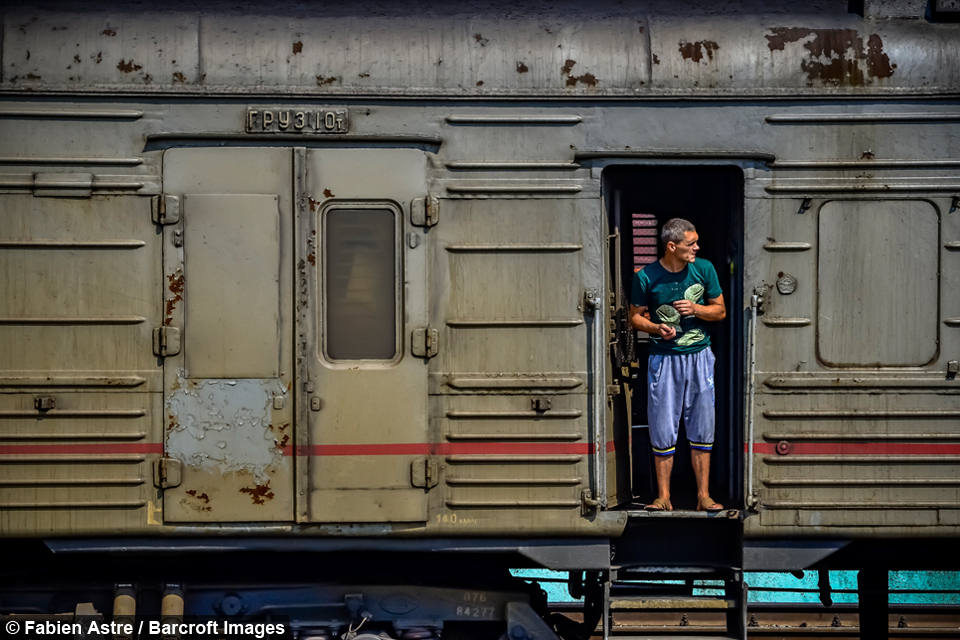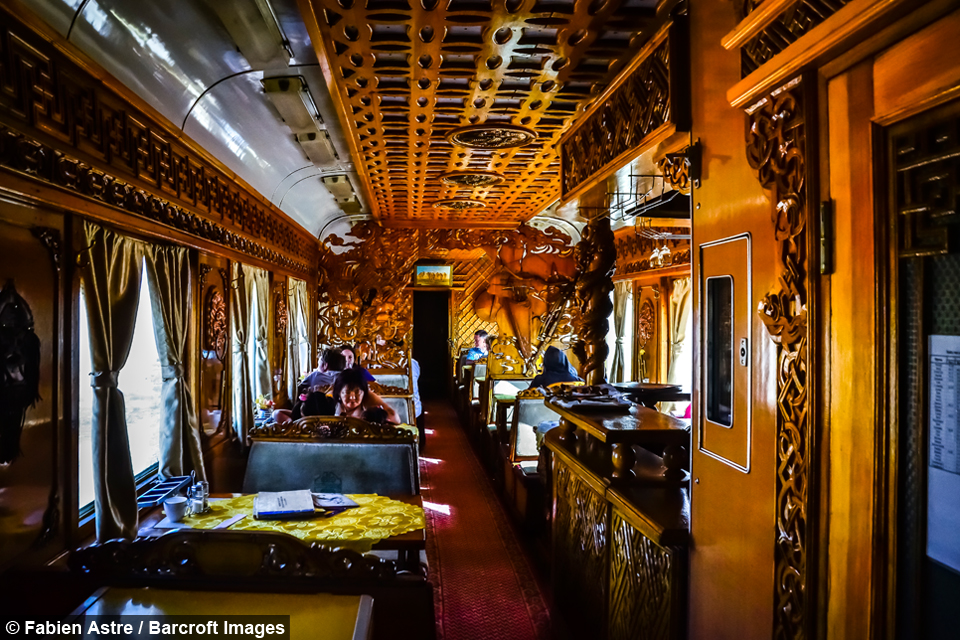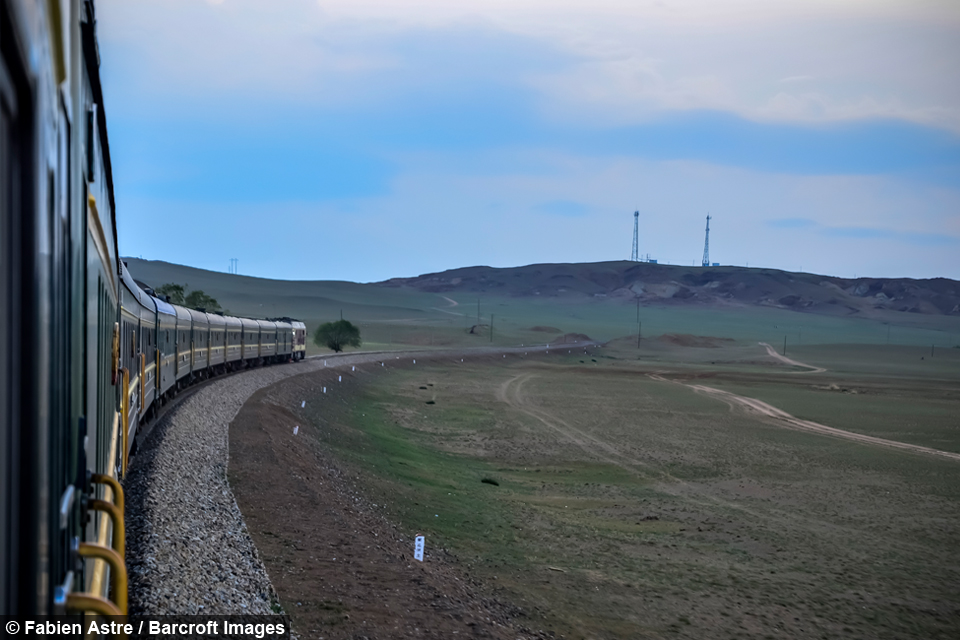Photographer snaps epic journey on Trans-Mongolian Railway
By Bunmi Adigun @Bunmi_Adigun
Scroll down for the full story
The epic journey starts from China and finishes in Russia, taking around seven days to complete and stretching to a distance of over 7000 km.
Fortunately for the commuters using the railway, they get to take in some of the planet’s most iconic landmarks during the mammoth journey, including the Great Wall of China and Gobi Desert.
Starting in Beijing, the railway traverses through the picturesque mountains of northern China and passes Lake Baikal, the world’s largest freshwater lake, before ending in Moscow.
Photographer Fabien Astre, 32, documented his journey on the train in June 2012 and managed to achieve a childhood dream of travelling some of the world’s longest railway lines.
He said: “I was a kid when I first heard about the Trans-Mongolian for the first time. It has always been a dream to do it.”
“I have always loved travelling by train, I do not know if it’s because my father used to work for the French train company or simply because journeying by train feels more adventurous.”
Construction of the railway started in 1947 and was completed in 1955 by the Soviet Union, who had earlier in the century built the Trans-Siberian Railway, the world’s longest railway line with a length of 9,289 km.
The Trans-Mongolian Railway follows the old route of camel caravans of the past that was used by merchants to bring tea into Europe and Russia from China.
Before industrialisation the trip would have taken almost half a year to complete with a full caravan of camels and porters lugging spices and tea.
On average the commute can take up to a week to complete, however many who decide to embark on the journey often take the opportunity to stay over at the numerous towns and cities enroute.
Fabien said: “I stopped in Mongolia and traveled around for one month. Eventually I started the journey again travelling from Ulan Bator to Moscow which took six days on the train.”
